The Draft Plan clearly states the general principles and some specific principles for arranging commune-level administrative units in Hanoi to ensure the implementation of the Central's direction in accordance with the reality of the capital and bring about the highest efficiency. In particular, the general principle has 7 contents such as ensuring the leadership of the Party and closely following the direction of the Politburo and the Secretariat; complying with the Constitution, order and procedures according to legal regulations.
Regarding some specific principles of the Capital, the draft Plan clearly states that the city will choose 5 dynamic areas and 5 development axes to ensure long-term sustainability.
Accordingly, Hanoi will reorganize the grassroots administrative units on the basis of general principles, but at the same time take into account future planning factors when implementing the planning, it is necessary to specify the planning right at the current stage (both present and future), taking into account the trend according to the development orientation planning: Two urban areas under the capital (Northern urban area and Western urban area), orientation for development of tourism areas, industrial areas, room for development of each region, each locality...
At the same time, the city determined to ensure the preservation of the characteristics, peculiarities, and identities of localities, especially typical cultural regions (Thang Long cultural region, Xu Doai cultural region, Kinh Bac cultural region, Son Nam Thuong cultural region...). Ensure the functions of each locality (such as the Ba Dinh administrative unit as the national political and administrative center of the whole country, the Hoan Kiem administrative unit must preserve and promote the cultural values of the 36 ancient streets of the ancient Thang Long citadel...).
Also according to the above draft Plan, naming and renaming communes and wards formed after the rearrangement are proposed in two ways. One is to name according to the direction of the Politburo, the Secretariat, and the National Assembly Standing Committee. That is, the names of newly formed communes and wards after the rearrangement need to be easy to identify, concise, easy to read, easy to remember, ensuring systematicity and science ; it is encouraged to name communes and wards according to serial numbers or according to the names of district-level administrative units (before the rearrangement) with serial numbers attached to facilitate the digitization and updating of information data, for example: Thanh Xuan 1, Thanh Xuan 2, Dan Phuong 1, Dan Phuong 2...
Second is the proposal to name the historical inner-city administrative units, with revolutionary historical and cultural traditions, representing the country and the Capital. Choose a typical administrative unit to name, the adjacent administrative units are named after other typical historical, cultural, revolutionary places to avoid duplication. For example: Hoan Kiem (one unit is named Hoan Kiem); Dong Da (one unit is named Dong Da; one unit is named Kim Lien, one unit is named Van Mieu - Quoc Tu Giam).
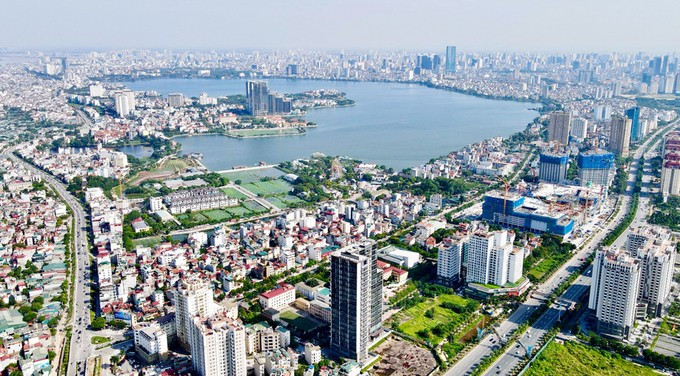
The Draft Plan also outlines the principles for determining administrative centers. Accordingly, the city will select the administrative center of one of the current commune-level administrative units as the administrative center of the new grassroots administrative unit.
The administrative center of the new grassroots administrative unit has a favorable geographical location, synchronous economic and social infrastructure, especially a developed transportation system, easily connecting with other administrative units in the city, connecting the headquarters of the administrative unit and the residential community in that administrative unit.
Regarding the criteria for determining commune-level administrative units to be reorganized, the Draft Plan outlines two contents. The first is to follow the criteria in the Resolution of the National Assembly Standing Committee on standards of administrative units and classification of administrative units.
Second, carefully consider specific factors of history, tradition, culture, ethnicity, religion, belief, customs, practices, geographical location, natural conditions, sub-regional and provincial linkages, scale, level of economic development, ensuring national defense, political security, social order, traffic infrastructure and information technology to serve the requirements of state management and socio-economic development.
Regarding the expected number of commune-level administrative units, the Draft Plan only states: "According to the Central Government's plan, the total number of commune and ward administrative units after the rearrangement will be reduced by about 50% compared to the total number of commune-level administrative units before the rearrangement".
This is just a draft plan discussed at the first quarter 2025 meeting between the Standing Committee of the City Party Committee, People's Council, People's Committee of Hanoi City with districts, towns and cities.
In the coming time, based on the proposed report of the Party Committee of the City People's Committee, the Standing Committee of the City Party Committee and the Standing Committee of the City Party Committee will agree on the policy on viewpoints, goals, requirements, criteria and expected number of commune-level administrative units to be rearranged; direct the implementation of the process of collecting opinions from leaders of departments, branches, sectors; districts, towns and cities on the expected plan to rearrange commune-level administrative units.
Source: https://daibieunhandan.vn/ha-noi-du-kien-phuong-an-sap-xep-don-vi-hanh-chinh-va-dat-doi-ten-xa-phuong-post409407.html


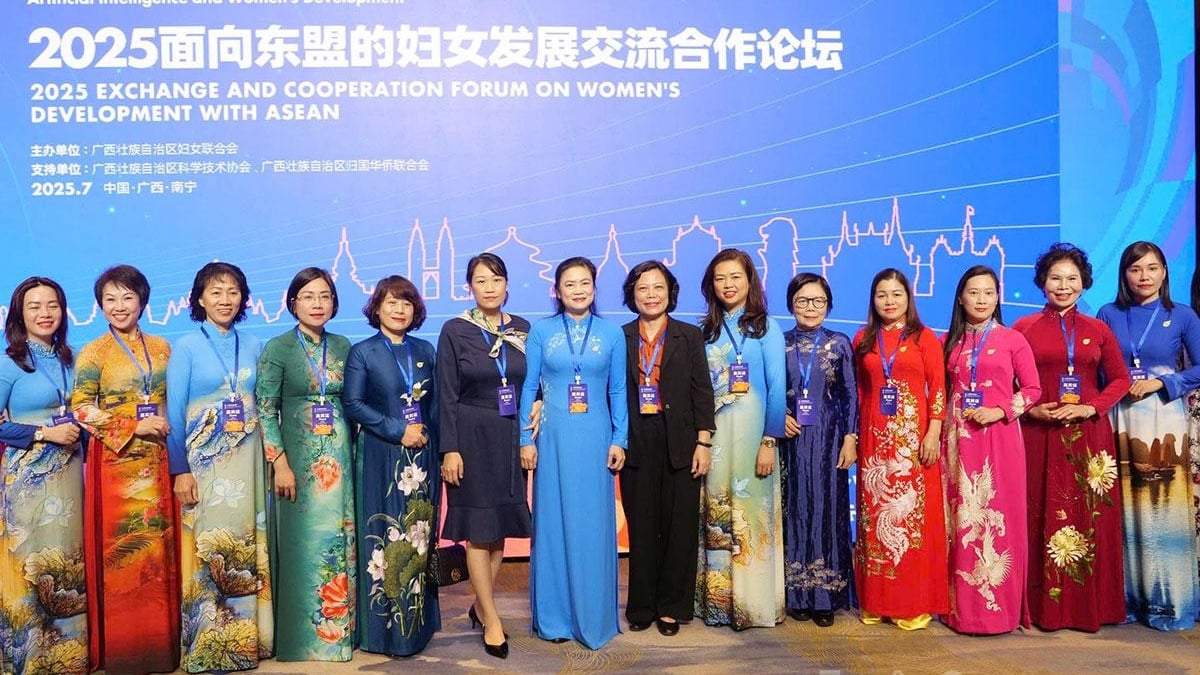






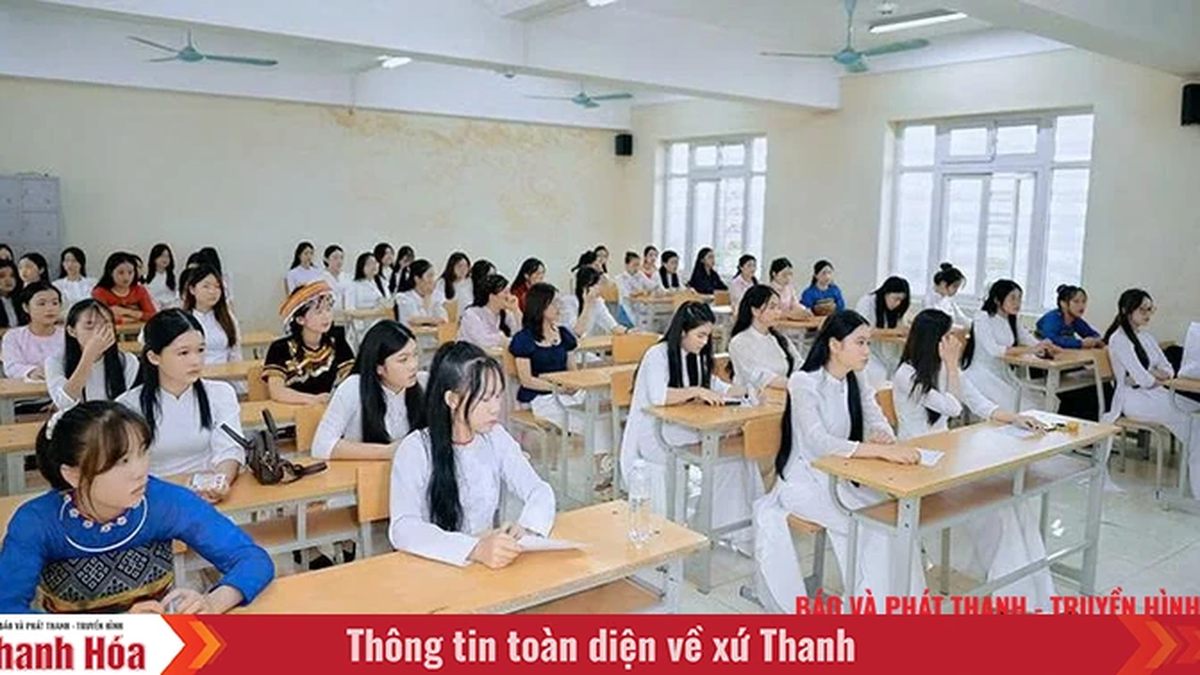
















































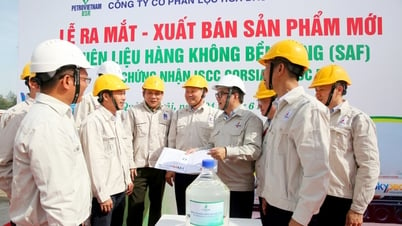




![[Maritime News] More than 80% of global container shipping capacity is in the hands of MSC and major shipping alliances](https://vphoto.vietnam.vn/thumb/402x226/vietnam/resource/IMAGE/2025/7/16/6b4d586c984b4cbf8c5680352b9eaeb0)









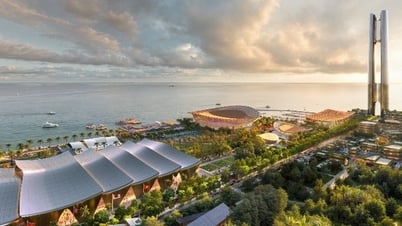


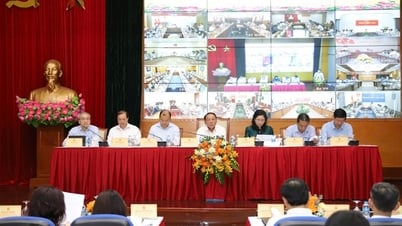
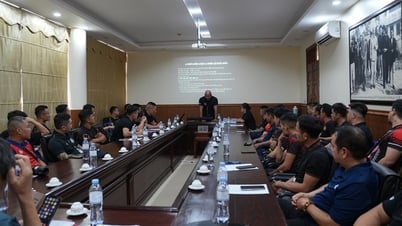























Comment (0)